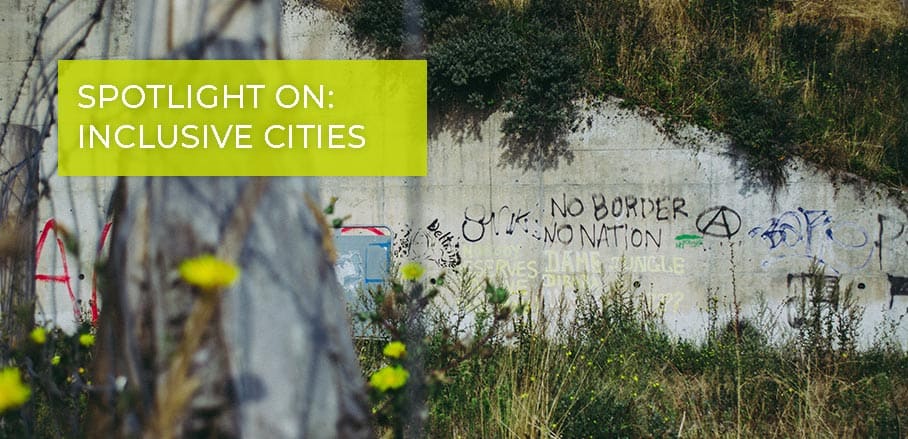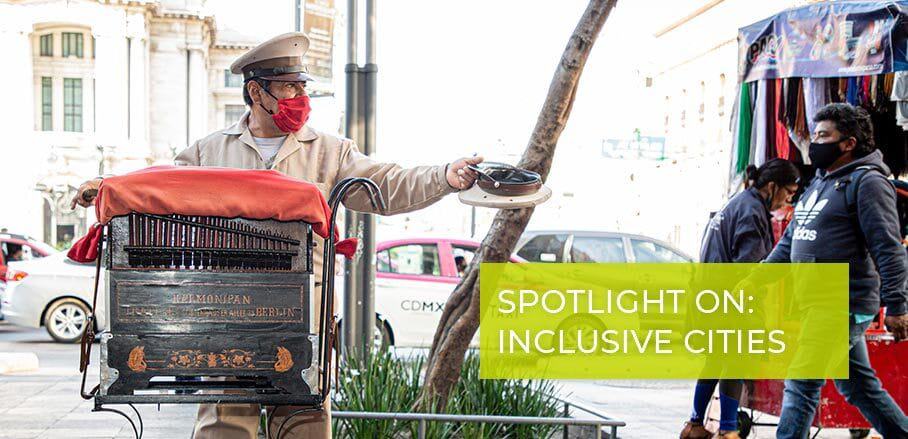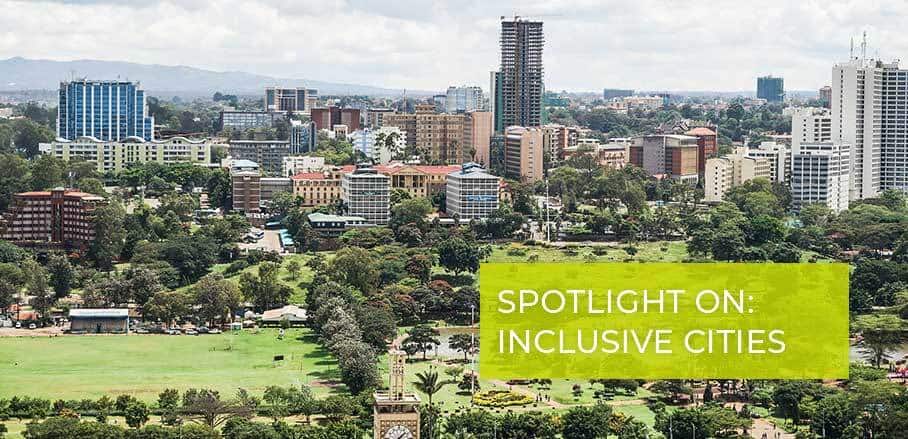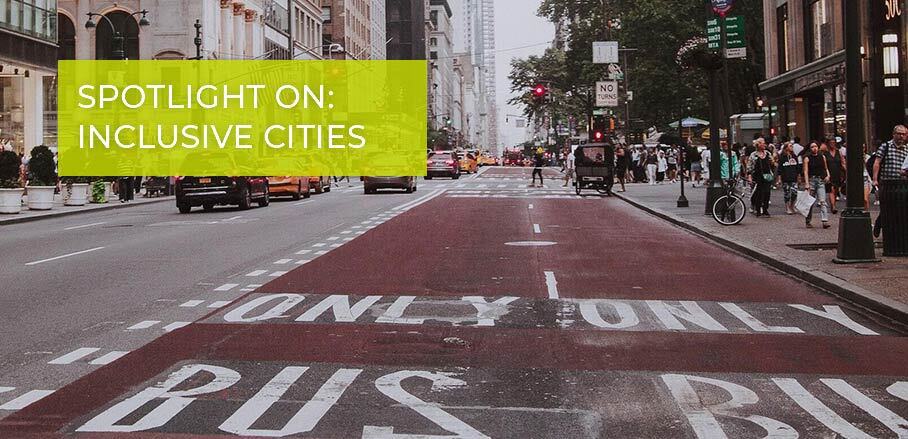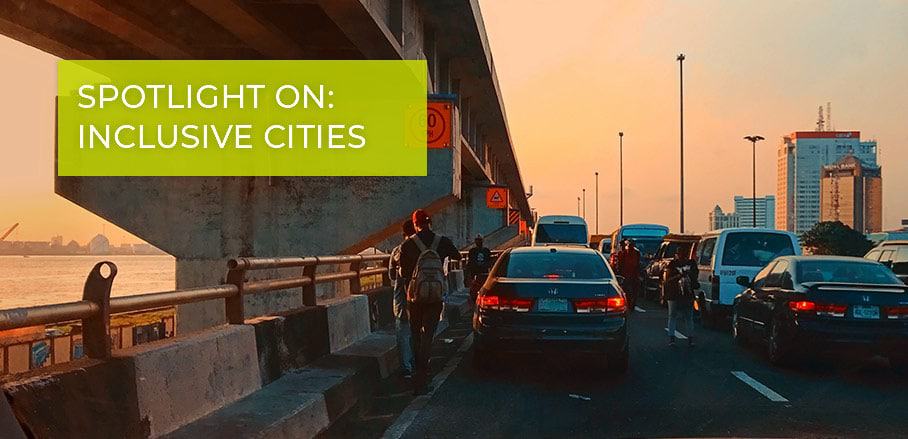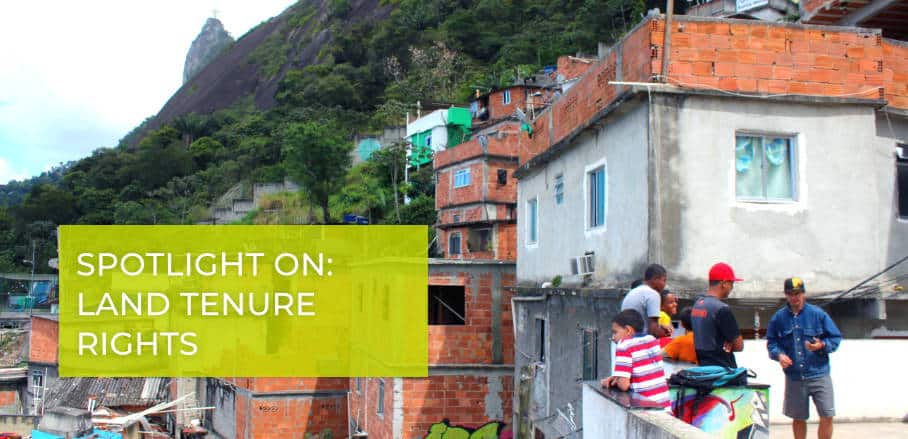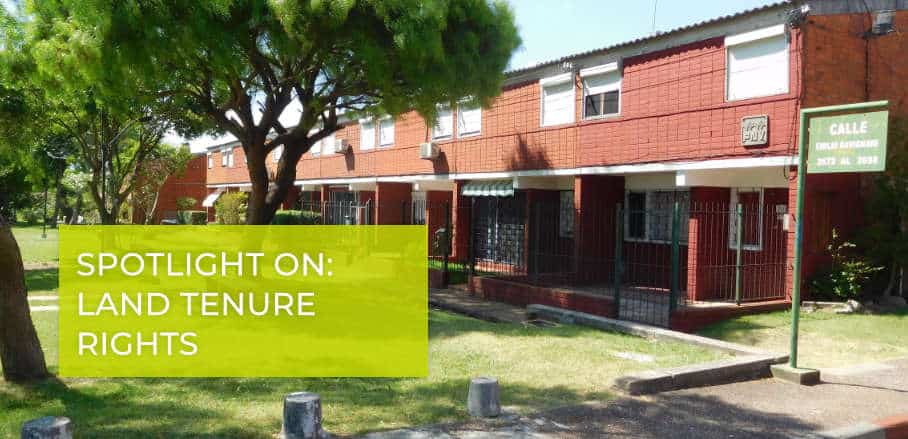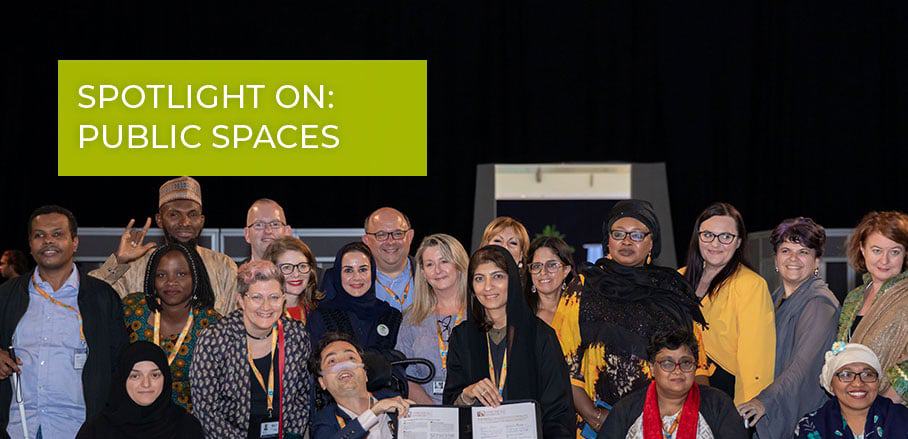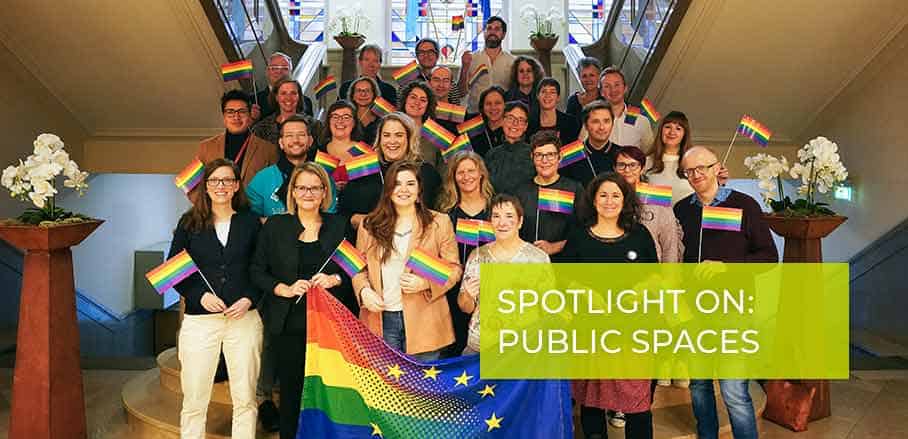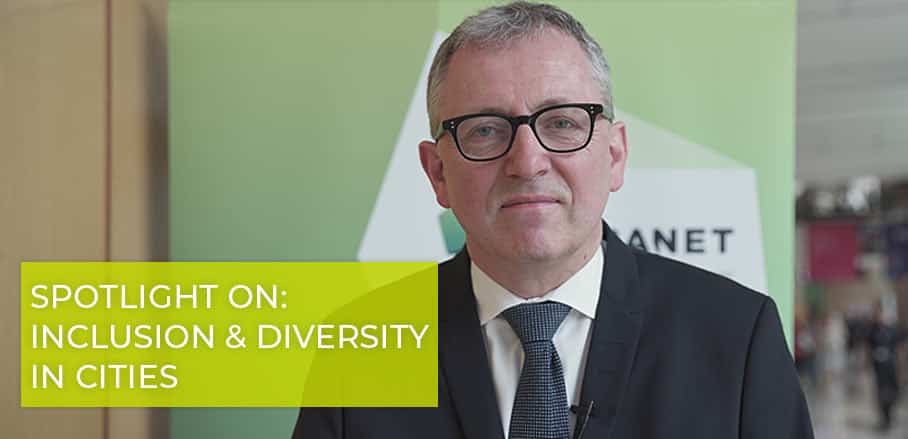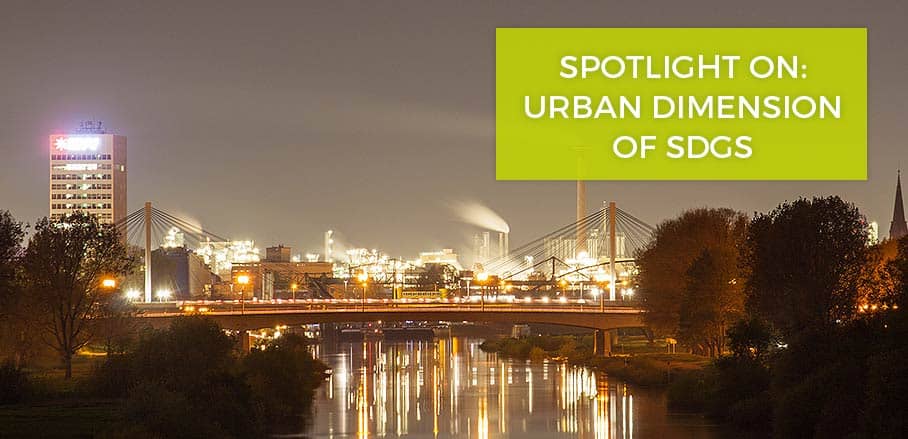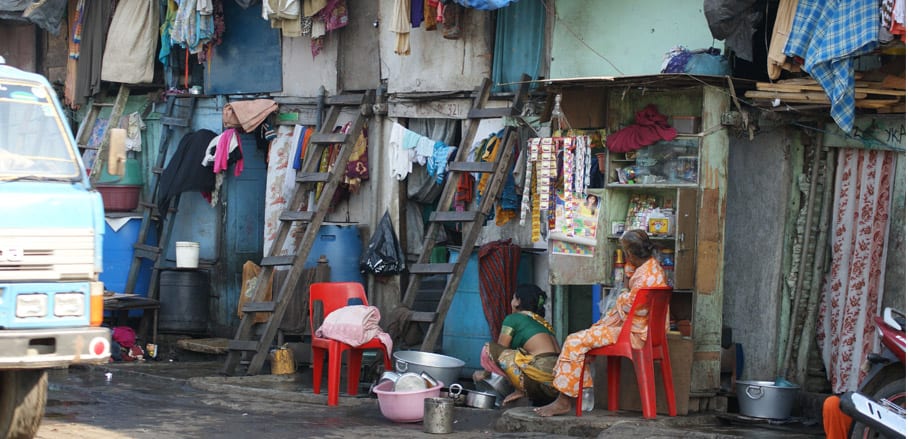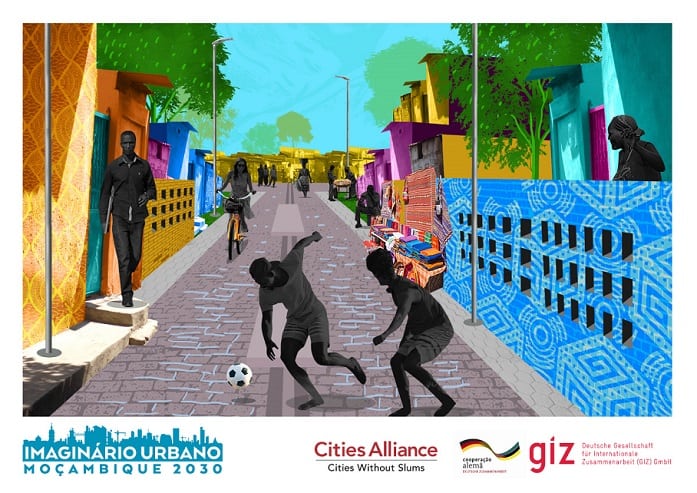Rethinking “Fortress Europe”: Public Spaces from Idomeni to Thessaloniki, Greece
After years of ongoing crisis, the once called temporary measures at the EU borders have become constant ones: the Fortress Europe has solidified. Isabell Enssle presents the effects the fortified border has for communities and public spaces from the North Macedonian-Greek borderline to the city of Thessaloniki, linking them with a tool kit for inclusive public spaces.
